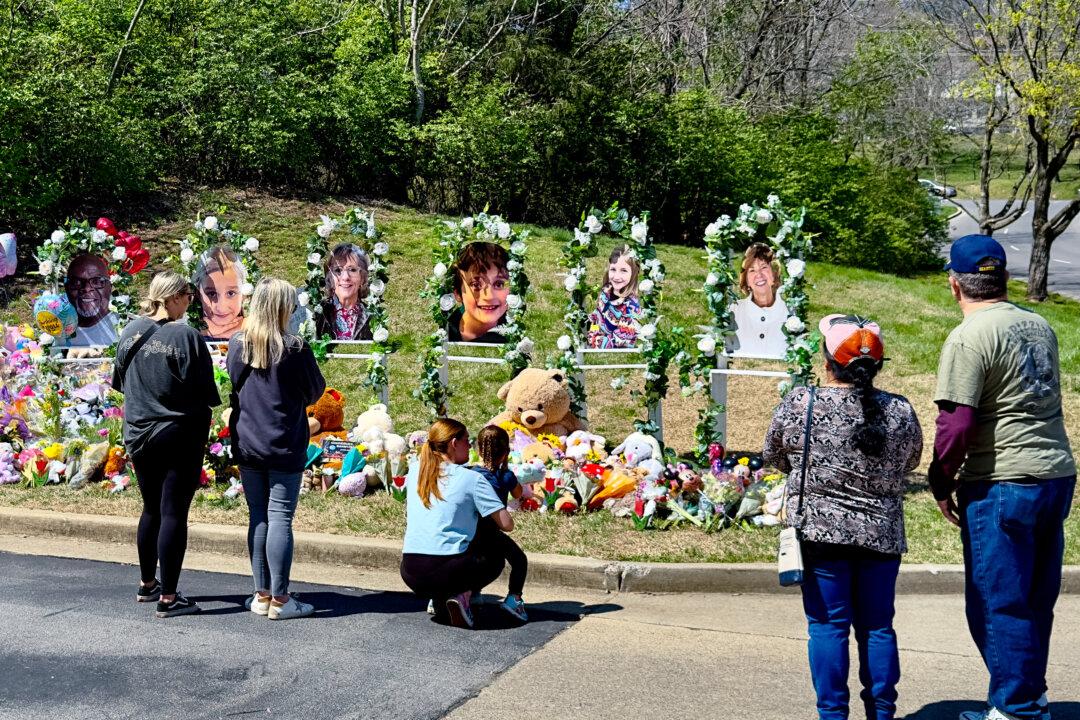Counties in Southern California have been cracking down on ghost guns, with the Los Angeles Police Department (LAPD) calling their prevalence an “epidemic,” according to a recent LAPD report.
The report, which was presented to the LAPD Board of Commissioners on Oct. 19, said the use of ghost guns in the city has increased by nearly 400 percent since 2017.





